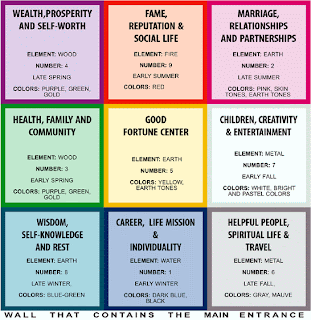Here is the next batch of awards I found for young contenders. All are particularly good for after school and enrichment programs. (Note: each title hyperlinks to the contest. I added other helpful links)
Happy Parenting, Happy Teaching, and Happy Homeschooling!
- Gloria Barron Prize for Young Heroes
The Gloria Barron Prize for Young Heroes is awarded annually to ten US and Canadian students, aged 8-18, who have developed an extraordinary service project that helped people and the planet. The website has lots of resources. Students must be nominated by an adult. - Jif Most Creative Peanut Butter Sandwich Contest
The Jif Most Creative Peanut Butter Sandwich Contest is open to children who are age 6 to 12. Deadline October 12, 2011: http://contests.about.com/od/cashsweepstakes/p/111012-jif-most-creative-peanut-butter-sandwich-contest.htm - Kohl's Kids Who Care Program
The Kohl's Kids Who Care Program (www.kohlskids.com) honors students age 6-18 who are involved in community service. Candidates enter by being nominated by an adult age 21 years or older. Nominees are considered in two age groups, 6-12 and 13-18, with three prize levels within each group. - Letters About Literature
Letters About Literature is a national reading/writing contest sponsored by the Center for the Book in the US Library of Congress in partnership with Target Stores. The contest is open to US students in grades 4-12. Entries consist of a personal letter to an author, living or dead, from any genre, explaining how the author's work changed the student's way of thinking about the world or themselves. Info about this year's competition: http://www.lettersaboutliterature.org/ - MATHCOUNTS
MATHCOUNTS is a national math competition for middle school students (grades 6-8). Individuals and teams of four mathletes from each school compete on a local, state and national level. - National Marbles Tournament Scholarships
The annual National Marbles Tournament awards $5,000 in scholarships to mibsters (marble shooters) aged 8 to 14. The tournament is held in June each year. What fun! - National Geography Bee
The National Geography Bee is sponsored by the National Geographic Society. It is open to US students in grades 4-8 who are age 15 or younger by the date of the national competition. The National Geography Bee is a three stage competition, starting at the school level (competitions from mid-November through mid-January), followed by state competitions in April and the national competition in May. - National High School Oratorical Contest
The National High School Oratorical Contest is sponsored by the American Legion. It is open to US students in junior high school or high school (grades 7-12) who are under age 20 as of the date of the national contest. State contests are held no later than mid-March, and the national contest finals are held in April. The American Legion pays for the travel and lodging expenses of the state winners and their chaperones. - National History Day Contest
The National History Day Contest is open to students in grades 6-12 in the junior (grades 6-8) and senior (grades 9-12) divisions. The projects relate to a specific historical theme or topic. This year's theme is Revolution, Reaction, Reform in History. - National Spelling Bee
The National Spelling Bee is sponsored by the E.W. Scripps Company. It is open to students in grades 1-8 as of their school finals (February 1) and who are under age 16 as of the date of the national finals (June 1). - NewsCurrents Student Editorial Cartoon Contest
The NewsCurrents Student Editorial Cartoon Contest is sponsored by Knowledge Unlimited, Inc. and is open to students in grades K-12. There are three divisions: grades K-6, 7-9 and 10-12.
Happy Parenting, Happy Teaching, and Happy Homeschooling!


















